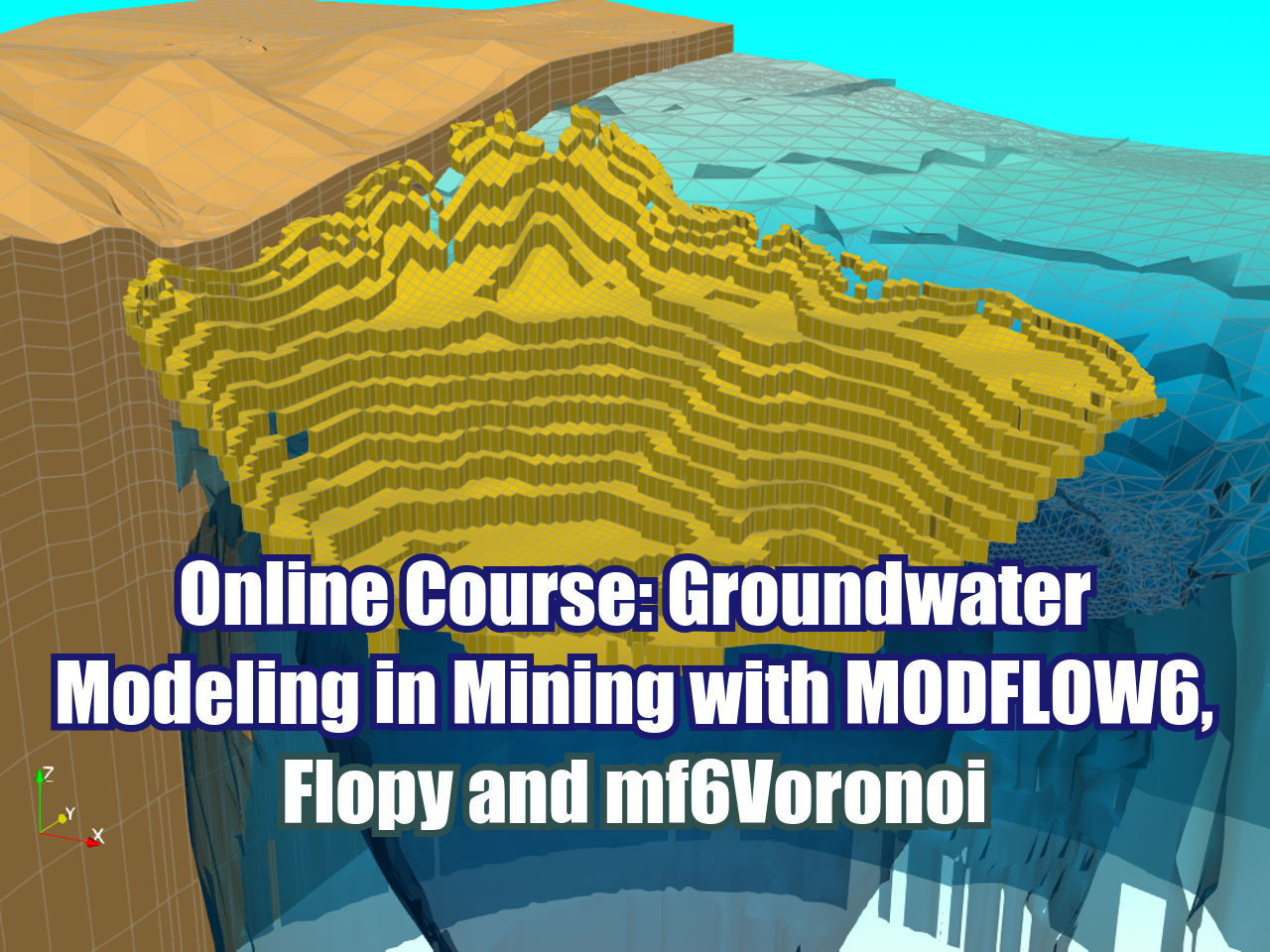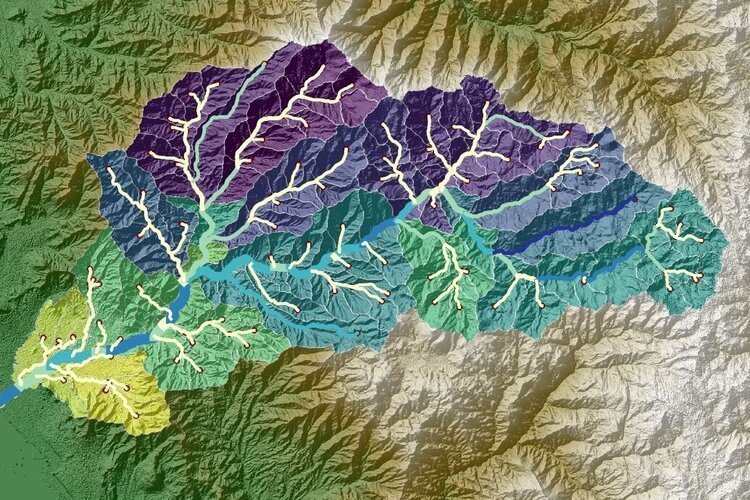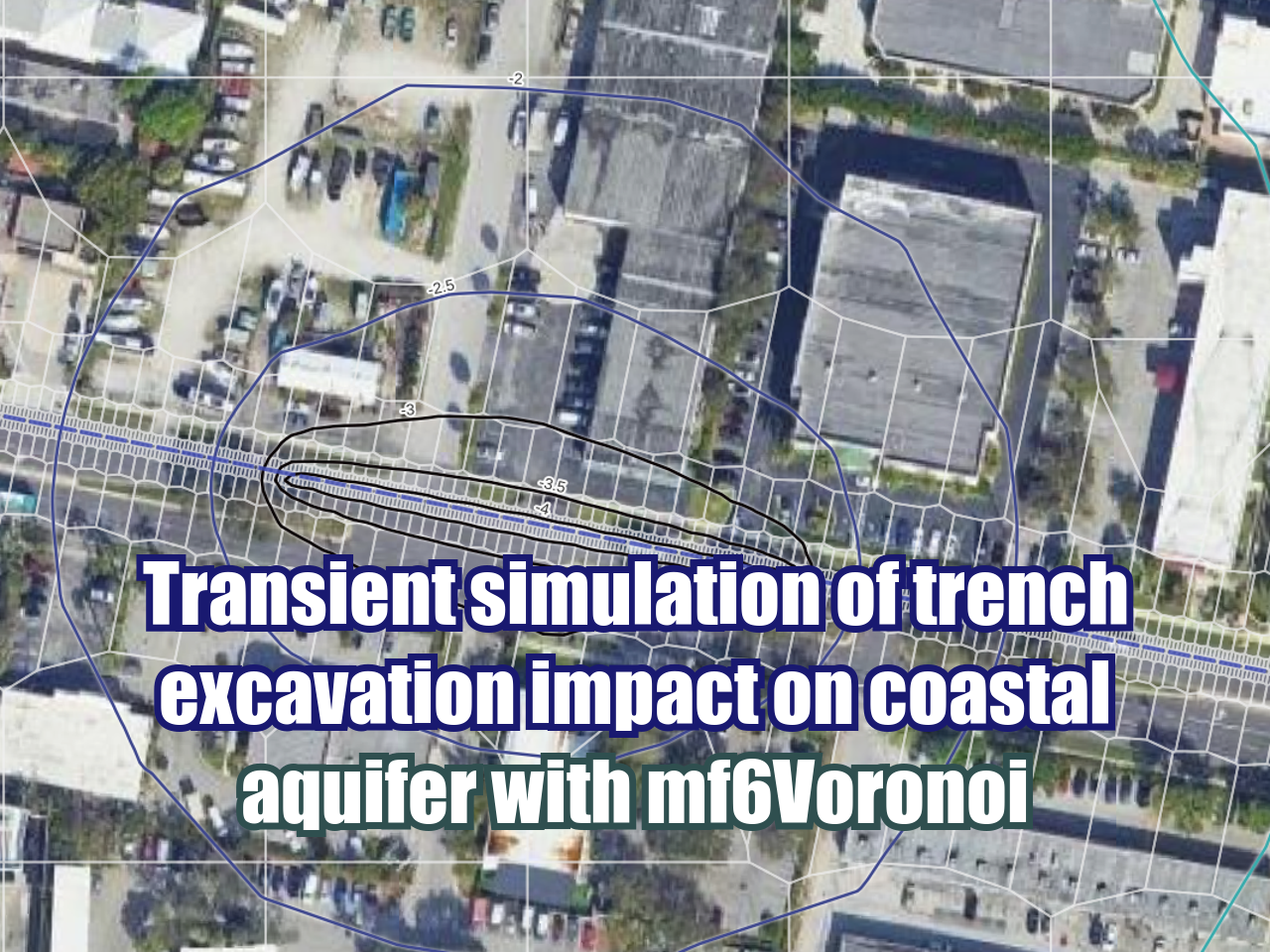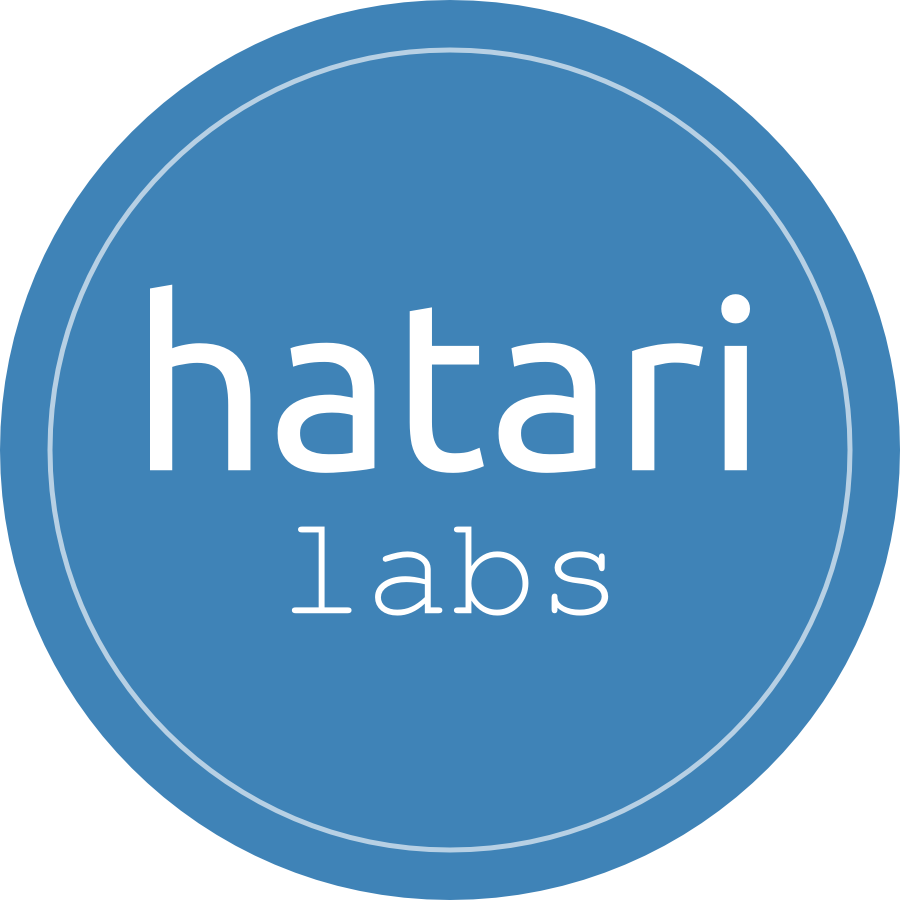How to Download Specific Granules from ESA Sentinel 2 Images
/Sentinel-2 carries an innovative wide swath high-resolution multispectral imager with 13 spectral bands for a new perspective of our land and vegetation. The mission is based on a constellation of two identical satellites in the same orbit, 180° apart for optimal coverage and data delivery. Together they cover all Earth’s land surfaces, large islands, inland and coastal waters every five days at the equator (source ESA).
This tutorial show the procedure to download especific granules from a ESA Sentinel 2 Image using the website: https://scihub.copernicus.eu/
Read More























